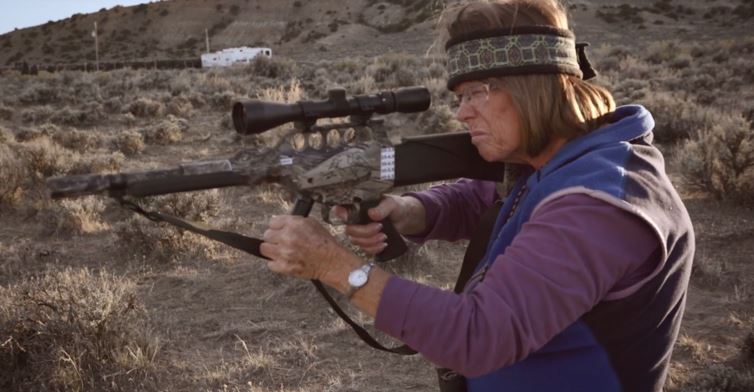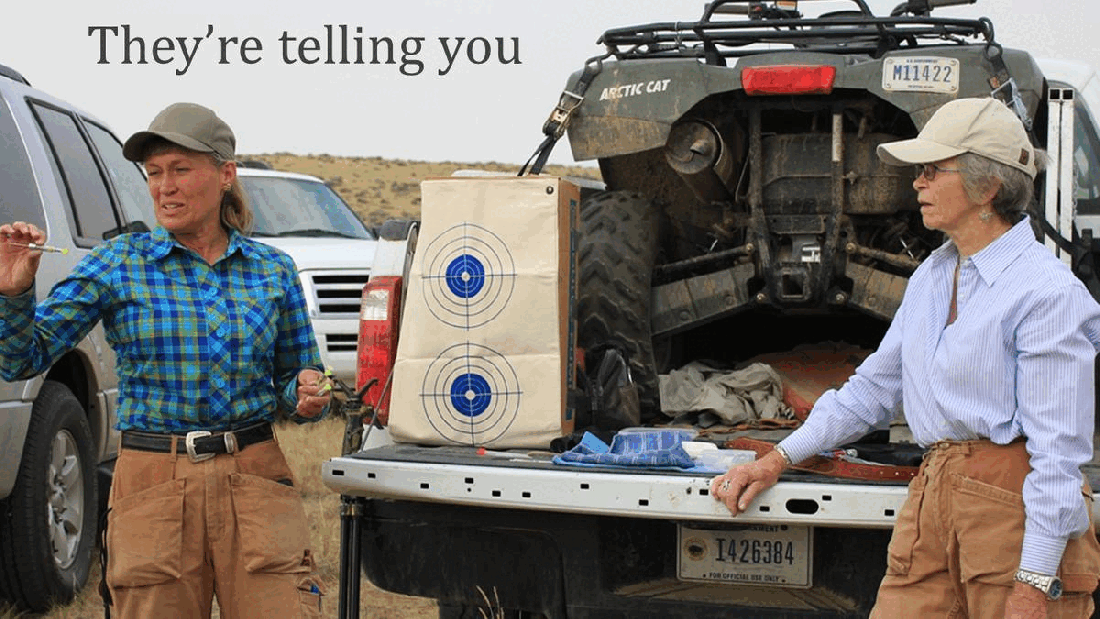Over the last few days, we’ve seen three of them come forward with statements about their darting programs, one from the Pine Nut Mountains, one from the Virginia Range and another from the Salt River, revealing themselves as imbeciles.
“We’re protecting wild horses from removal by getting rid of them with PZP.”
What’s the common denominator in these cases?
The Campaign Against America’s Wild Horses.
Most HMAs and HAs have resource management problems, not wild horse problems, as illustrated this morning.
“We’re changing the way wild horse herds are managed, not their land.”
Here’s what you need to know about CAAWH and its army of nitwits:
1. They care far more about their standing with the bureaucrats and ranchers than they do about the horses.
2. They’re trying to convince the bureaucrats and ranchers that the Montana Solution is a viable alternative to helicopter roundups.
3. They want to be a leader in the wild horse removal industry.
These people are charlatans and don’t deserve a penny of your hard-earned donations.
RELATED: Nuttiness of Wild Horse World.










